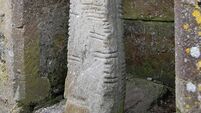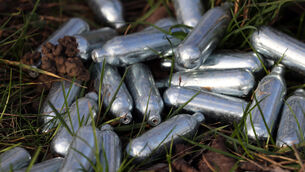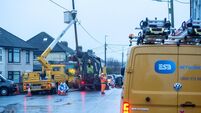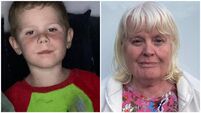Bloody Sunday witness admits lying for book
A convicted IRA man today admitted telling lies about Bloody Sunday to journalist Peter Taylor, who interviewed him for a television series and book on the Provos.
OIRA 11 told the Bloody Sunday Tribunal that he led Mr Taylor to believe he was in the Provisional IRA at the time, whereas he did not switch his allegiance from the Officials until five or six weeks later.













